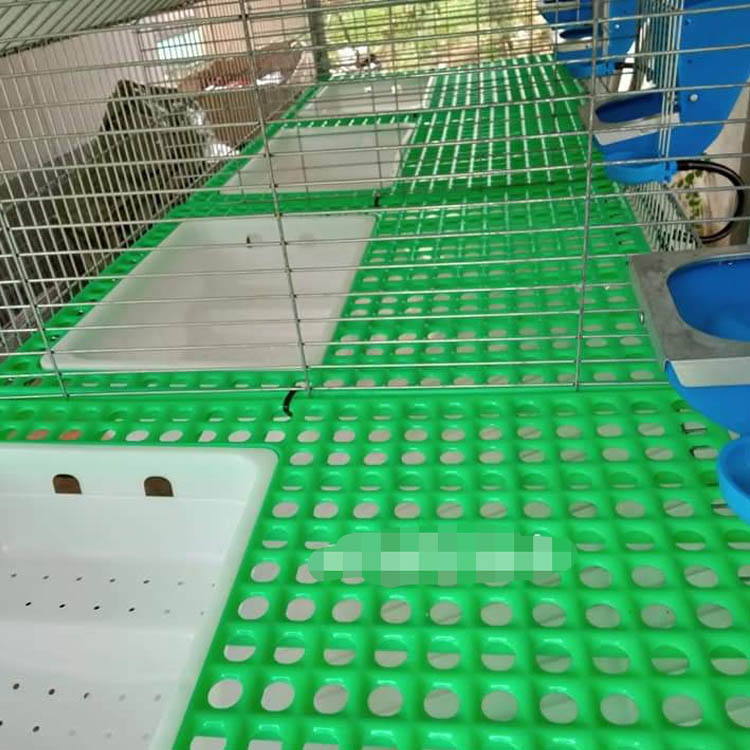floating fish feed pellet mill
វិច្ឆិកា . 04, 2024 20:19 Back to list
floating fish feed pellet mill
The Importance of Floating Fish Feed Pellet Mills
In the world of aquaculture, the demand for efficient and high-quality fish feed is ever-growing. The burgeoning fish farming industry necessitates the use of specialized equipment to produce optimal feed that promotes healthy growth and sustainability. Among the various tools available, floating fish feed pellet mills stand out as essential machines that cater to the specific needs of fish farmers. This article will explore the significance, working principles, and benefits of floating fish feed pellet mills in aquaculture.
Understanding Floating Fish Feed Pellet Mills
A floating fish feed pellet mill is a specialized machine designed to produce fish feed pellets that float on water’s surface. This feature is crucial as it allows fish to actively feed without expending excessive energy to reach their food, thus promoting better growth rates and feed conversion efficiency. The pellets produced by these mills are typically formulated with a balanced mix of proteins, vitamins, and other nutrients essential for fish health.
How Floating Fish Feed Pellet Mills Work
The process starts with the raw materials, which can include fish meal, plant proteins, grains, and various nutritional additives. These ingredients are ground into a fine powder, which is then mixed thoroughly to ensure a uniform nutrient distribution. The mixture is fed into the pellet mill, where it undergoes high pressure and temperature, resulting in the formation of pellets.
The unique design of floating fish feed pellet mills incorporates a conditioning chamber, where steam is added to the mixture. This step helps in gelatinizing the starches, improving the pellet's binding properties and promoting buoyancy. After conditioning, the feed is pushed through molds or dies that shape it into pellets of desired sizes. Once formed, the pellets are often dried to achieve the appropriate moisture content before packaging.
Benefits of Floating Fish Feed Pellets
floating fish feed pellet mill

1. Enhanced Nutrient Utilization Floating pellets enable fish to feed efficiently, which leads to better nutrient absorption and utilization. This results in healthier fish and higher overall yields for farmers.
2. Improved Growth Rates With high-quality floating feed, fish can attain optimal growth rates. The floating nature of the pellets encourages active feeding behavior, which is crucial for fish development.
3. Reduced Waste Since the pellets float, they are less likely to sink and decompose at the bottom of the tank, leading to a reduction in waste and maintaining better water quality. This is particularly important in aquaculture environments, where water quality is paramount for fish health.
4. Versatility Floating fish feed pellet mills can be adjusted to produce different pellet sizes and formulations, catering to various species of fish and their specific dietary requirements. This versatility allows farmers to customize their feeds based on market demands and specific fish growth stages.
5. Sustainability Many modern floating fish feed pellet mills use environmentally friendly technologies that minimize energy consumption and waste. Additionally, the ability to incorporate alternative protein sources, such as insects and algae, promotes sustainability in fish farming practices.
Conclusion
Floating fish feed pellet mills play an indispensable role in the modern aquaculture industry. By producing high-quality, floating pellets, these machines ensure that fish receive the necessary nutrients for optimal growth while simultaneously improving feeding efficiency and reducing wastage. As the demand for sustainable fish farming continues to rise, investing in advanced floating fish feed technology will be crucial for aquaculture businesses aiming to thrive in a competitive market. With advancements in machinery and raw materials, the future of fish feed production looks promising, enhancing the overall health of fish populations and supporting the global food supply.
-
High Performance Exhaust Fan – Efficient Ventilation Solutions for Home
NewsJun.10,2025
-
High-Quality Gestation Pen for Sows Durable Mobile Pig Pen & Simple Pig Pen Solutions
NewsJun.10,2025
-
High Quality Rabbit Cage Double Tier Designs & Welded Wire Mesh Supplier
NewsJun.10,2025
-
Floating Fish Feed Machine - High Efficiency Floating Fish Feed Extruder for Small Scale Production
NewsJun.10,2025
-
Premium Poultry Housing Solutions Mobile & Commercial Free Range Options
NewsJun.10,2025
-
Industrial FRP Fans Corrosion-Resistant Blades & Centrifugal Systems
NewsJun.09,2025






